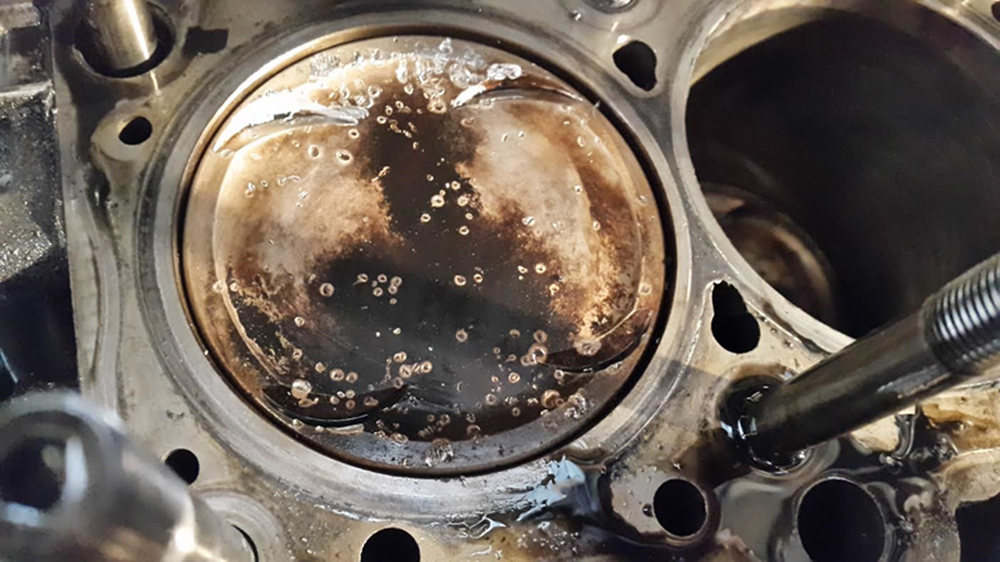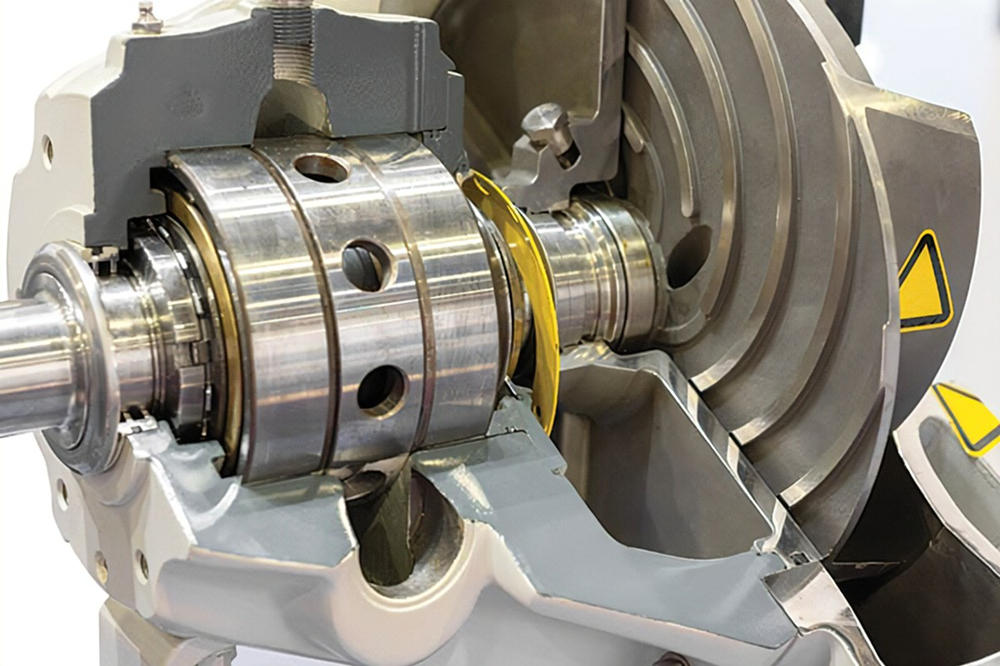Because the seal plays the role of cutting off and connecting, adjusting and distributing, separating and mixing the medium on the valve channel, the sealing surface is often corroded, eroded and worn by the medium, which is very easy to damage.
The causes of sealing surface damage are man-made damage and natural damage. Man-made damage is caused by poor design, poor manufacturing, improper material selection, improper installation, poor use and poor maintenance. Natural damage is the wear of the valve under normal working conditions, and the damage caused by the inevitable corrosion and erosion of the sealing surface by the medium.
The causes of sealing surface damage can be summarized as follows :
1.Sealing surface processing quality is not good
It is mainly manifested in the defects of cracks, pores and ballasts on the sealing surface, which are caused by improper selection of surfacing and heat treatment specifications and poor operation during surfacing and heat treatment. The hardness of the sealing surface is too high or too low, which is caused by improper material selection or improper heat treatment. The hardness of the sealing surface is uneven and not corrosion-resistant, mainly due to the blowing of the underlying metal to the top during the surfacing process, which dilutes the alloy composition of the sealing surface. Of course, there are also design problems.
2.Damage caused by improper selection and poor operation
The main performance is that the valve is not selected according to the working conditions, and the cut-off valve is used as a throttle valve, resulting in too large closing pressure and too fast or lax closing, so that the sealing surface is eroded and worn.
Incorrect installation and poor maintenance lead to abnormal sealing surface work, valve operation with disease, premature damage to the sealing surface.
3.Chemical corrosion of medium
In the case of no current generated by the medium around the sealing surface, the medium directly interacts with the sealing surface to corrode the sealing surface. Electrochemical corrosion, the contact between the sealing surface, the contact between the sealing surface and the closing body and the valve body, the concentration difference of the medium, the oxygen concentration difference and other reasons, will produce potential difference, electrochemical corrosion, resulting in the anode side of the sealing surface is corroded.
4.Erosion of medium
It is the result of wear, erosion and cavitation of the sealing surface when the medium flows. At a certain speed of the medium, the floating fine particles in the medium collide with the sealing surface, causing local damage. The high-speed flowing medium directly scours the sealing surface, causing local damage. When the medium is mixed and partially vaporized, the bubble bursts and impacts the sealing surface, causing local damage. The erosion of the medium and the alternating effect of chemical corrosion will strongly erode the sealing surface.
5.Mechanical damage
When the sealing surface is opened and closed, it will cause abrasion, bruise, crush and other damage. Between the two sealing surfaces, atoms penetrate each other under the action of high temperature and high pressure, resulting in adhesion. When the two sealing surfaces move each other, the adhesion is easy to tear. The higher the surface roughness of the sealing surface, the more likely this phenomenon occurs. During the closing process of the valve and the return seat process of the valve disc, the sealing surface will be bruised and squeezed, resulting in local wear or indentation on the sealing surface.
6.Fatigue damage
In the long-term use of the sealing surface, under the action of alternating load, the sealing surface is fatigued, cracks and peeling layers appear. Rubber and plastics are prone to aging after long-term use, resulting in poor performance.
From the analysis of the causes of the above sealing surface damage, it can be seen that in order to improve the quality and service life of the valve sealing surface, appropriate sealing surface materials, reasonable sealing structure and processing methods must be selected.
Post time: May-31-2023


